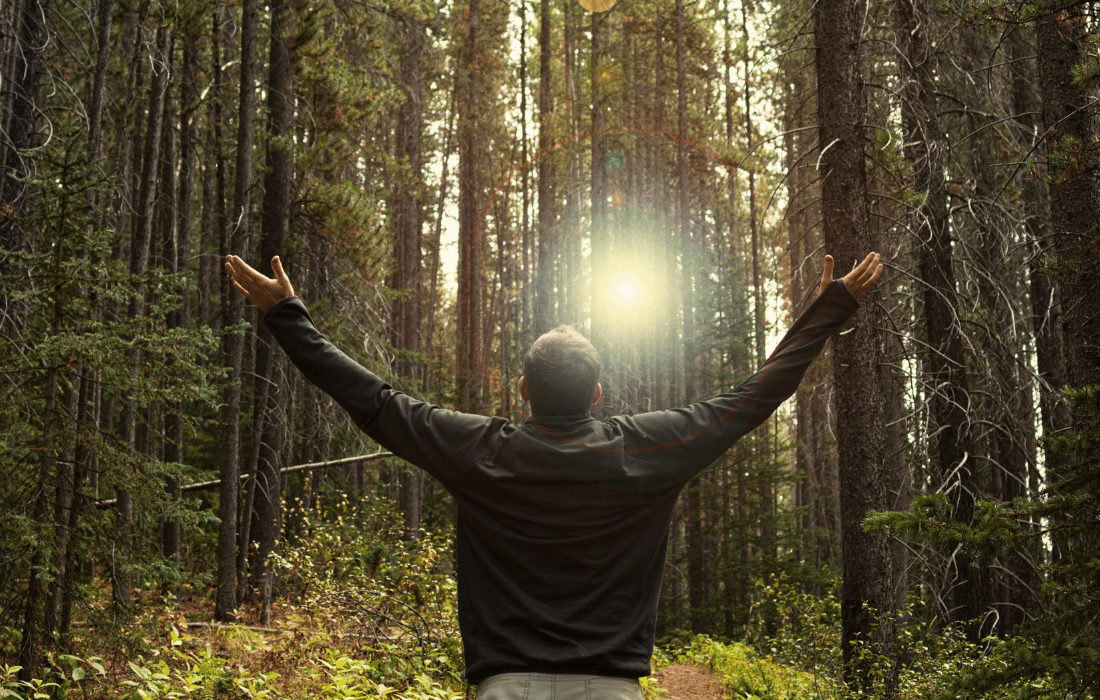If you’re imagining a quiet stroll among the trees, you’re close, but Forest Bathing, or Shinrin-yoku as it’s known in Japan, is so much more. It’s a slow, intentional immersion in nature. The kind where you turn off your phone, breathe deep, and let the forest engage all five senses. You’re not power-walking. You’re not tracking steps. You’re just being, fully and mindfully.
Born in the 1980s as a national public health initiative by Japan’s Ministry of Agriculture, Forestry, and Fisheries, Forest Bathing was designed to counteract the growing stress-related illnesses of a tech-driven society. Since then, it’s evolved into a globally recognized therapeutic practice with a mountain of science behind it.
The Science Behind the Serenity
Forest Bathing, or Shinrin-yoku, isn’t just spiritually grounding—it’s biologically transformative. Let’s look at what the research actually shows when you trade screen time for tree time.
1. The Stress Response System and Nature’s Reset Button
Modern life overactivates the sympathetic nervous system (our fight-or-flight mode). Forest Bathing taps into the parasympathetic nervous system—the one responsible for rest, digestion, and regeneration. Studies show that even two hours in a forest can lower cortisol (the stress hormone), reduce heart rate, and improve blood pressure.
In a comprehensive 2019 systematic review of 28 medical studies across five countries, Forest Bathing was found to:
Significantly lower systolic and diastolic blood pressure
Reduce cortisol, adrenaline, and norepinephrine levels
Increase heart rate variability (HRV), indicating better stress adaptability
Boost immune function through increased natural killer (NK) cell activity
These aren’t just short-term perks. One Japanese study showed that NK cell activity remained elevated for more than a week after a 3-day forest trip.
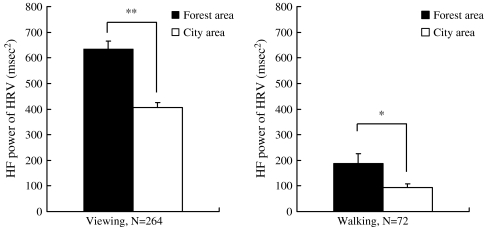
Nature’s Pharmacy: Phytoncides and Tree Oils
Trees aren’t just pretty. They emit airborne antimicrobial compounds called phytoncides that improve immune function, reduce inflammation, and support mental health. Compounds like 3-carene have been linked to reduced anxiety, better sleep, and even protection against infections. These invisible molecules are part of why the forest smells so fresh—and why that scent seems to hit the reset button on your brain.
Forest Bathing in Japan: A Legitimate Medical Treatment
Japan didn’t just study the benefits of Shinrin-yoku—they built it into their healthcare system. Forest Bathing isn’t a suggestion; it’s a prescription.
Prescriptions for Pine Trees
In Japan, Forest Bathing isn’t a wellness fad—it’s part of the healthcare system. Doctors prescribe time in certified “Forest Therapy Bases”, government-designated sites rich in biodiversity and serenity. These trails are used to treat conditions like hypertension, anxiety, depression, and chronic pain.
With over 60 certified forests, Japan’s approach is deeply integrative: combining environmental science with medicine, forestry with psychology.
Measurable Results
Patients report improvements across the board:
Reduced anxiety and tension
Improved sleep quality
Better blood sugar and triglyceride levels
A sense of groundedness, clarity, and emotional lift that lingers
One landmark study by Chiba University on 280 participants found a consistent reduction in cortisol and increased parasympathetic activity after forest exposure compared to urban environments.
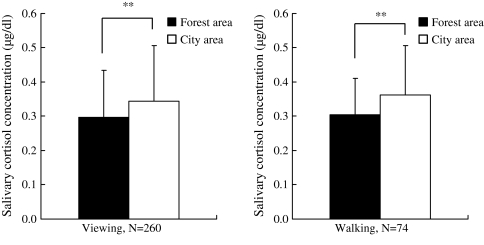
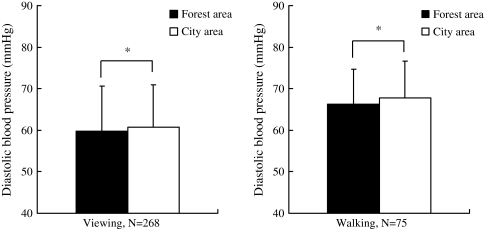
Both systolic and diastolic blood pressure were significantly reduced during forest exposure, reinforcing Shinrin-yoku as a cardiovascular stress intervention. Source: Environmental Health Preventive Medicine
Why It Matters for Men 30–65
If you’re a guy in this age bracket, chances are you’ve racked up some stress points. Career pressure, family responsibility, financial strain—it’s a lot. Forest Bathing isn’t just “nice to have”; it may be essential.
Multiple studies, including those summarized in the Medical Empirical Research on Forest Bathing, show that this age group experiences profound physiological changes with even short-term forest immersion:
Better cardiovascular markers
Reduction in chronic inflammation
Improved autonomic balance (lowered sympathetic dominance)
Greater mental clarity and emotional resilience
Personal Experience
Like many of you, I didn’t exactly grow up hugging trees—but I’ve always loved nature. I grew up in the suburbs, but we had open green hills and wild trails within walking distance, where my friends and I would roam wild like humans are meant to. Racing motocross as a kid only deepened that connection, putting me outside in ever-changing climates and landscapes. Today, while I work from home, I make it a priority to hike weekly in the mountains and around the beautiful lakes and rivers we have here in North Idaho.
Hunting has also become a place of peace for me, venturing off-trail into untouched forest where the only sounds are wind and wildlife. This month, I spent a full week backpacking while bear hunting, and it felt like the deep reset I needed after far too many hours behind a screen. I don’t hug trees, but I do ground barefoot every day, because I truly believe we are nature. The further we remove ourselves from it, the more disconnected and mentally unwell we become. Just compare city life to rural living—it says everything.
How to Practice Forest Bathing Yourself
You don’t need to fly to Japan or take a week off work to experience Shinrin-yoku. With a little intention and a quiet patch of nature, anyone can begin.
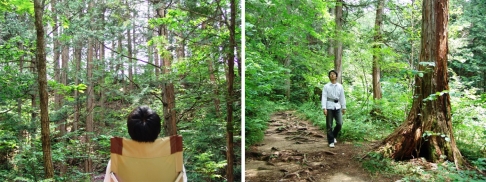
Step 1: Find Your Green Space
This doesn’t have to be Yosemite. A quiet park, wooded trail, or even a garden will do. The goal is peace, greenery, and minimal human-made noise.
Step 2: Certified Guides Are an Option
While some organizations promote finding a guide for Forest Bathing, my take is that it is completely senseless. You’re not tracking an animal or navigating dangerous terrain—you’re literally just spending time in nature. Being with friends or family can be great, but having a stranger guide you through how to connect with nature feels a bit unnecessary to me. The forest doesn’t need translating, so long as you have the common sense to not drink unclean water, eat foreign plants, or pick a fight with a bear.
However, for those who don’t feel comfortable going alone and want someone experienced to educate them on different aspects of nature and Forest Bathing, consider locating a certified guide from the Association of Nature and Forest Therapy (ANFT). These practitioners can help you deepen the experience with sensory awareness practices, meditative invitations, and pacing that fits the therapeutic model.
Step 3: Use All Five Senses
Sight: Watch the sway of the trees, the contrast of bark, the patterns of light and shadow.
Sound: Tune in to birdcalls, wind, and rustling leaves.
Smell: Breathe in deeply. Those tree oils? They’re medicine.
Touch: Rest your hand on a trunk. Feel the cool soil beneath your feet.
Taste: If it’s safe, try a wild herb or sip fresh spring water (highly recommend using a LifeStraw regardless of how clean it appears).
In short: Pay attention to nature’s rhythms. It will help you snap out of your own racing mind and see the world for what it truly is.
Step 4: Go Slow and Stay Present
You’re not hiking. You’re not exercising. You’re noticing. Pause often. Sit. Lie down if the ground calls to you. Let your nervous system drop into the parasympathetic.
Step 5: Duration Matters
Aim for at least 2 hours per week. A 2019 UK study showed that 120 minutes of nature exposure per week dramatically improved both self-reported health and psychological well-being.
The Physiology of Reconnection
So much of what we call ‘wellness’ today ignores the actual biology behind calm. This section gets into the data—how forest bathing directly rewires the body’s stress systems.
1. Cortisol, Heart Rate, and HRV
Forest Bathing isn’t placebo. It’s psychophysiology. The body’s stress biomarkers respond immediately and measurably:
Lowered salivary cortisol (a stress hormone)
Reduced Electrodermal Activity (EDA), a direct marker of sympathetic arousal
Increased Heart Rate Variability (HRV), reflecting greater adaptability and emotional regulation
A 2023 study recorded these effects in just two days of forest immersion. Even during lab-induced stress tasks (like mental math under pressure), participants post-forest showed significantly more resilience and parasympathetic dominance.
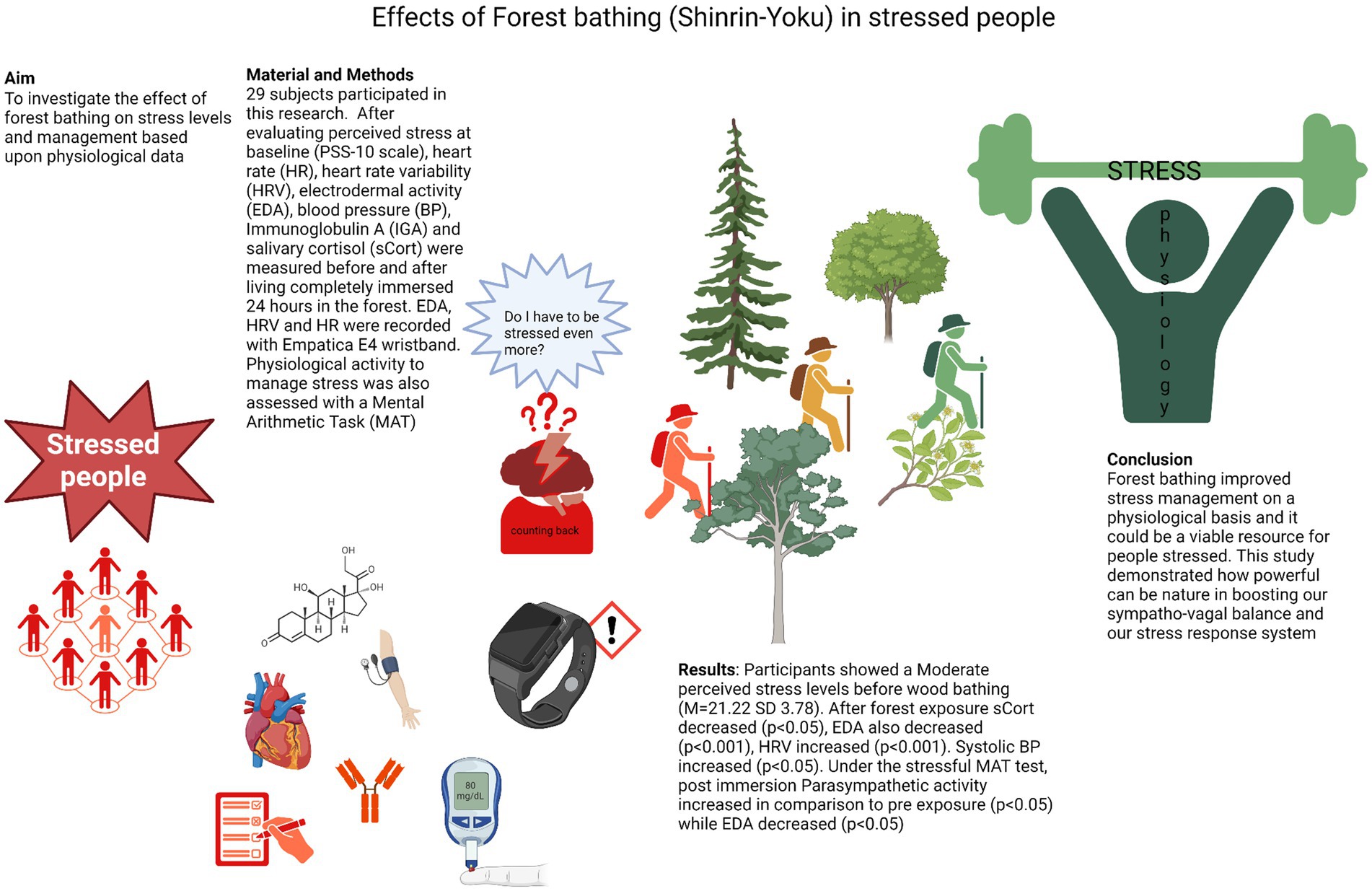
2. Immune Boost
Several studies have shown that time in forests increases:
Natural Killer (NK) cell count
NK activity (ability to destroy viruses and tumor cells)
Expression of anti-cancer proteins
These effects linger for days—even weeks—after a multi-day forest immersion. The more frequently you go, the more robust your immune advantage becomes.
Beyond Biology: Emotional and Cognitive Renewal
Forest Bathing doesn’t just soothe the body—it rewires the brain and uplifts the spirit. This is where science meets the soul.
Improved Mood and Focus
Forest Bathing has been shown to:
Decrease symptoms of anxiety and depression
Improve mood and energy
Increase positive affect and “vigor”
Reduce anger, fatigue, and confusion
People report feeling more creative, more present, and more hopeful after spending time in the woods. The quiet space of nature offers a kind of psychological spaciousness that cities and screens simply can’t.
Sleep and Recovery
Tree oils like 3-carene don’t just calm you down. They may also improve sleep quality and reduce nighttime disturbances. For men juggling family, business, and aging bodies, this can be a game-changer.
Final Thoughts: Healing Is in the Trees
Forest Bathing is free. It’s accessible. And it’s been hiding in plain sight. While pills and performance hacks have their place, sometimes the best medicine is the simplest: unplugging, walking slowly, and letting the forest do its quiet work.
This practice isn’t about “escaping” life. It’s about re-entering it fully, with a nervous system that’s grounded, an immune system that’s fortified, and a mind that’s finally caught up with your breath.
If you’re tired of running on empty, maybe it’s time to walk in the woods.

